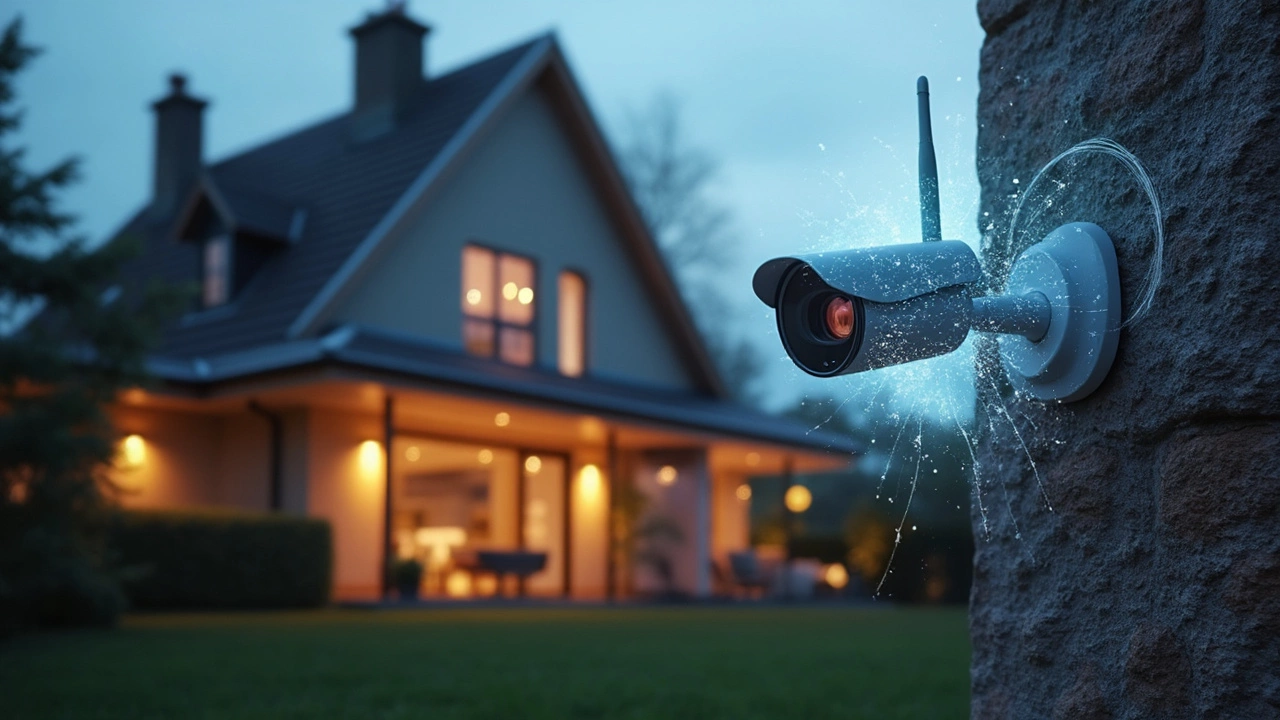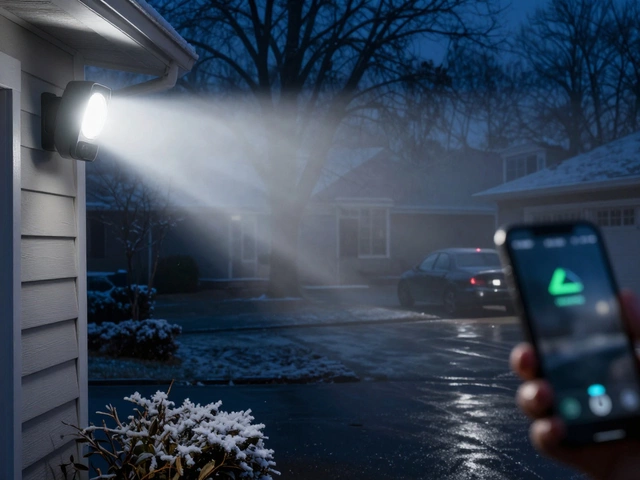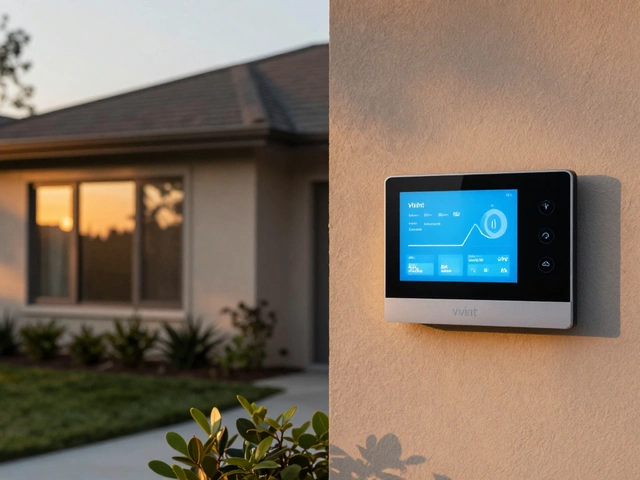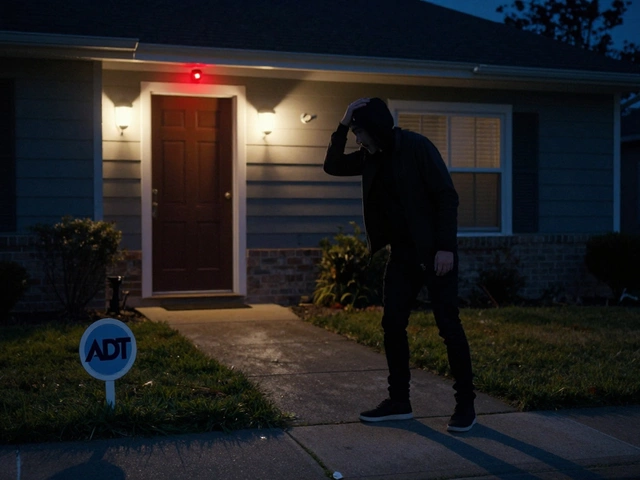No WiFi CCTV: Simple, Secure, and Ready When the Internet Fails
Ever had a Wi‑Fi outage and wondered what happens to your security cameras? With a wired CCTV system, you don’t have to. No internet, no problem – the video keeps recording straight to a local recorder, and you keep seeing what’s happening outside your door.
Why Go Wired?
First off, wired cameras aren’t prone to the same hacking risks as Wi‑Fi models. When a camera talks to your router, a weak password or an outdated firmware can become an entry point for strangers. A cable connection skips the wireless hop entirely, so the data travels in a closed loop that’s much harder to intercept.
Second, reliability jumps up a notch. Wi‑Fi signals can get blocked by thick walls, metal roofs, or even a rainy day. A cable doesn’t care about weather or distance – as long as the wire reaches the camera, you get a clean, steady feed. That means fewer missed events and less time spent troubleshooting signal dropouts.
How to Install a No‑WiFi System
Getting started is easier than you think. Pick a central location for a Digital Video Recorder (DVR) – usually a utility cupboard or a closet near power. Run coaxial or Ethernet cable from the DVR to each camera spot. If you use Ethernet, you can also power the cameras over the same line with PoE (Power over Ethernet), which saves you from drilling extra power holes.
Mount each camera where you need the best view – corners of the property, entry doors, and any blind spots. Tighten the screws, point the lens, and run a short test on the DVR’s preview screen. Most modern DVRs have a simple menu to label each channel, so you can see exactly which camera is which.
After the hardware is up, set the recording schedule. If you only want motion‑triggered video, enable that feature on the DVR. This saves storage space and makes it easier to find the important clips later. Many DVRs also let you back up footage to a USB drive or external hard drive, giving you an offline archive that can’t be remotely wiped.
Wired systems do need a little maintenance – check connections once a year, clean the camera lenses, and replace the hard drive when it starts to get noisy. But that’s a small price to pay for a setup that keeps working even when the internet is down.
In short, a no‑WiFi CCTV setup gives you peace of mind, solid security, and a system that refuses to quit just because the router glitches. If you value reliability over the convenience of checking a feed on your phone, go wired. Your future self will thank you when the broadband provider has a scheduled outage and the cameras are still doing their job.






